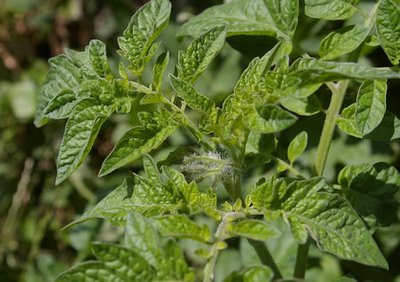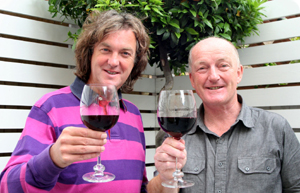Tomato leaf aromas in wine
 Was watering my tomatoes today, and struck by the remarkable aroma that comes from the leaves when you brush them with your hand. It made me think of the wines where 'tomato leaf' is used as an aroma descriptor.
Was watering my tomatoes today, and struck by the remarkable aroma that comes from the leaves when you brush them with your hand. It made me think of the wines where 'tomato leaf' is used as an aroma descriptor.Which chemicals are responsible? For the distinctly green leafy aroma, cis-3-hexenol is the prime culprit, but I have also seen 2-isobutylthiazole listed as the signature chemical behind this smell.
Which wines have it? Tomato leaf is a Sauvignon Blanc sort of descriptor. It's pungent and quite green, and it is often used to describe Sauvignons from the cool Awatare Valley in Marlborough. It's a very attractive smell, although I'm not sure I'd want too much of it in my wine.
Which wines have it? Tomato leaf is a Sauvignon Blanc sort of descriptor. It's pungent and quite green, and it is often used to describe Sauvignons from the cool Awatare Valley in Marlborough. It's a very attractive smell, although I'm not sure I'd want too much of it in my wine.
As with many of these descriptors, after a while it becomes a bit of a code word. As we taste, we decide what sort of wine we are tasting, and then trot out the usual terms that we associate with that wine. To smell and taste what's actually there requires quite a bit of concentration and deliberate effort.
Labels: language of wine, Sauvignon Blanc, smell


 The web log of wine journalist Jamie Goode. Feel free to nose around; your comments are welcome
The web log of wine journalist Jamie Goode. Feel free to nose around; your comments are welcome 
